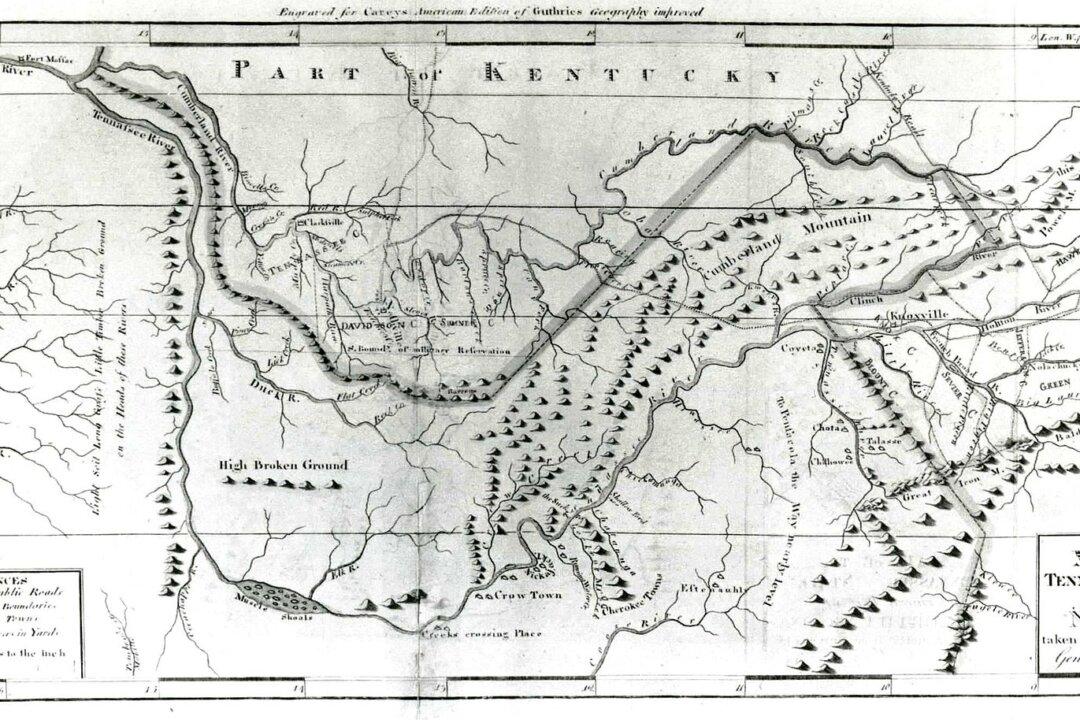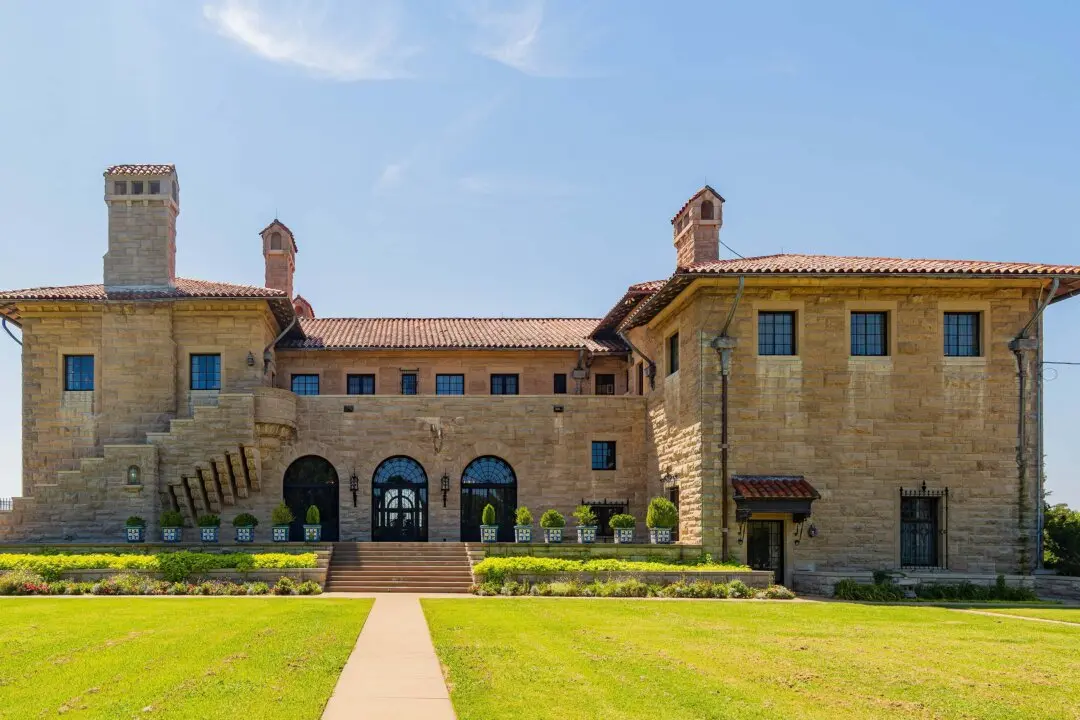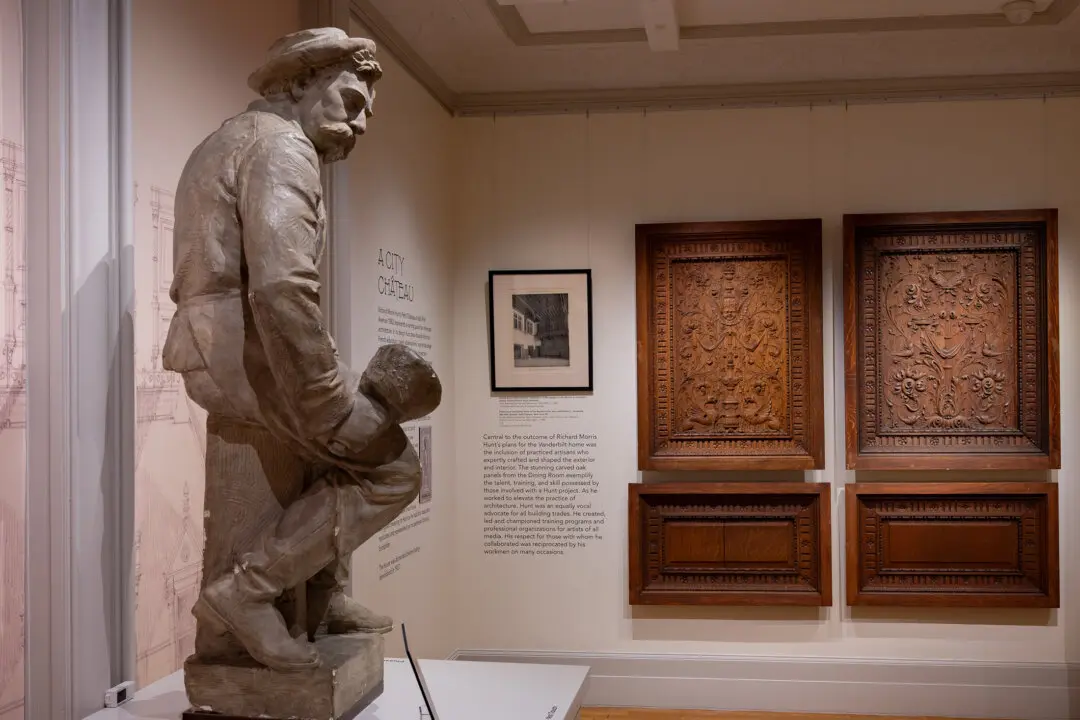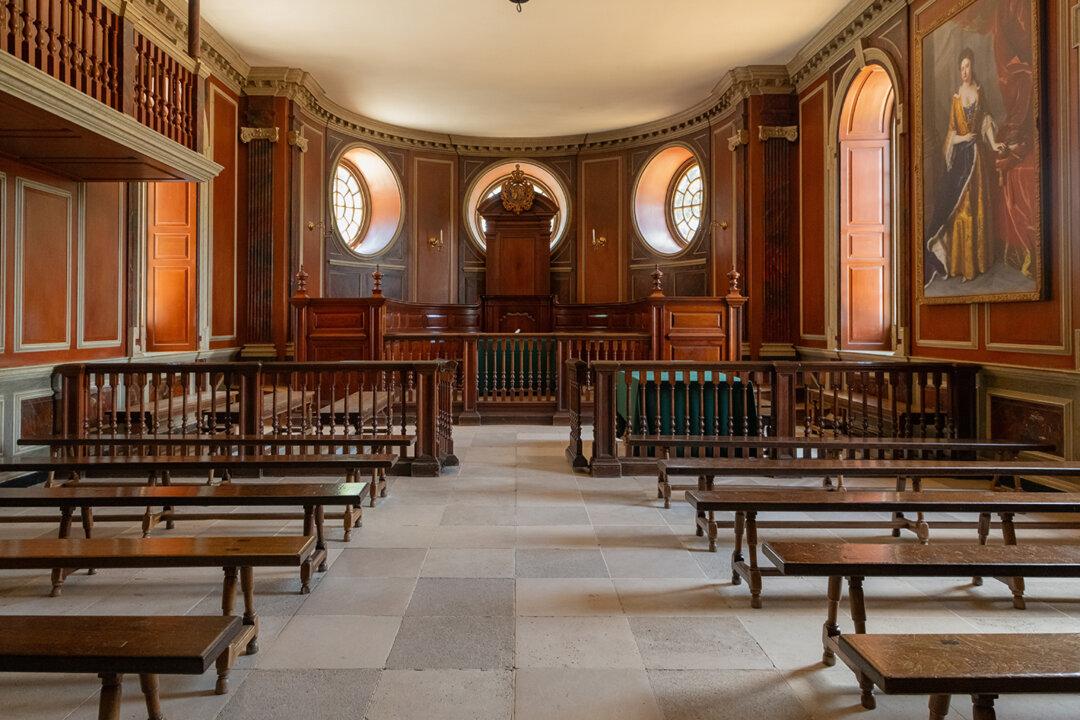Born on a mountaintop in the state of Franklin? Yes, Davy Crockett was born on Aug. 17, 1786 near Limestone, Greene County in the proposed state of Franklin. Now a part of Tennessee, the territory was once the Free Republic of Franklin from 1784 to 1789.
After the expense of the Revolutionary War, North Carolina offered to cede some of their western territories to Congress to help settle its debts. North Carolina’s legislature voted to give Congress 29,000,000 acres lying between the Allegheny Mountains and the Mississippi River.





